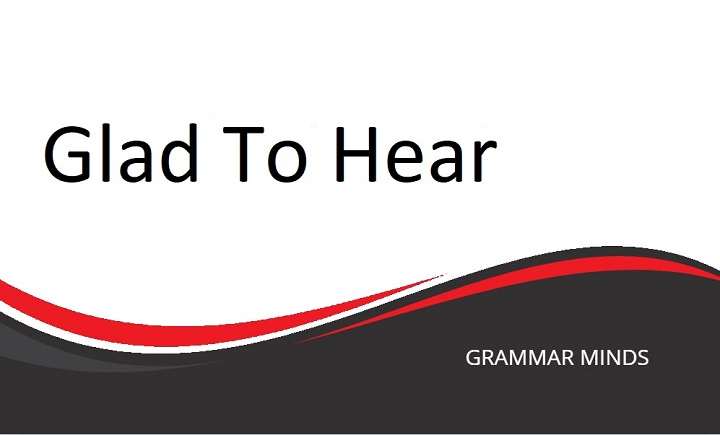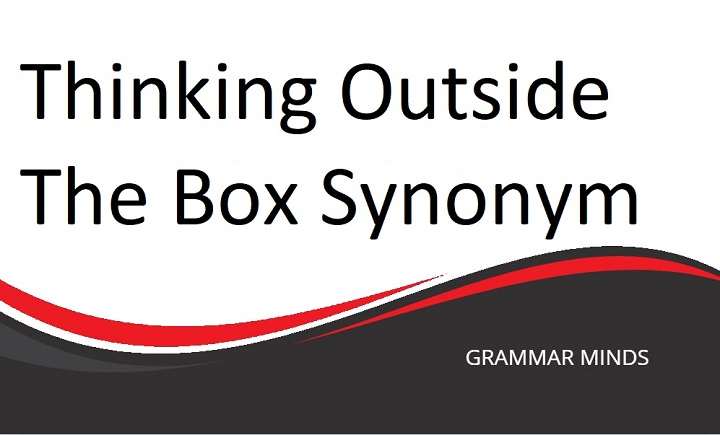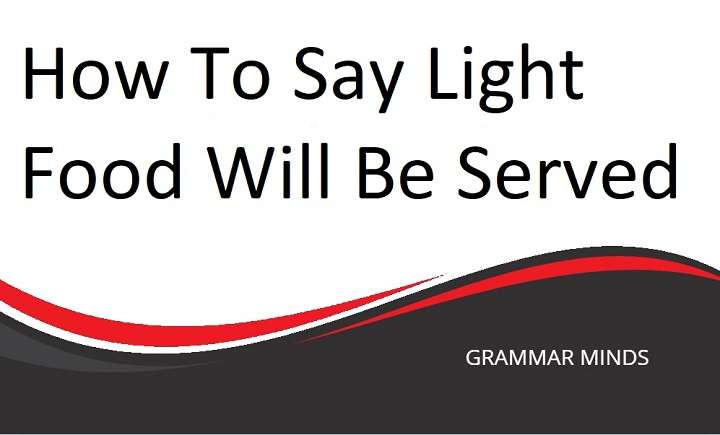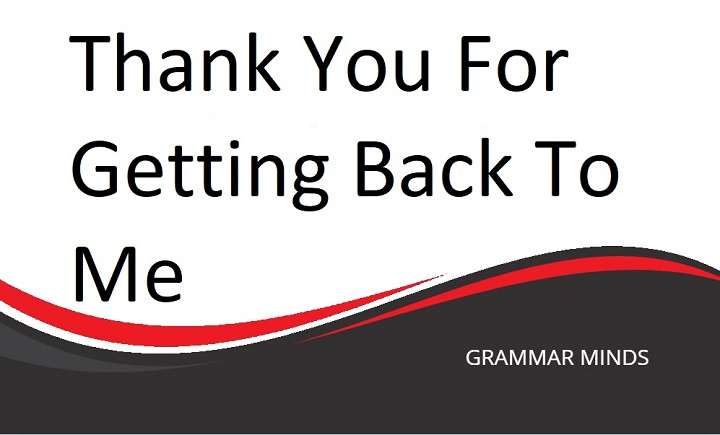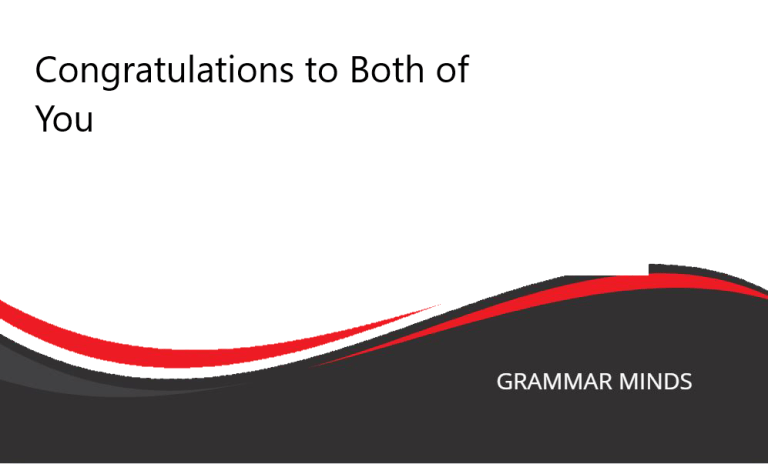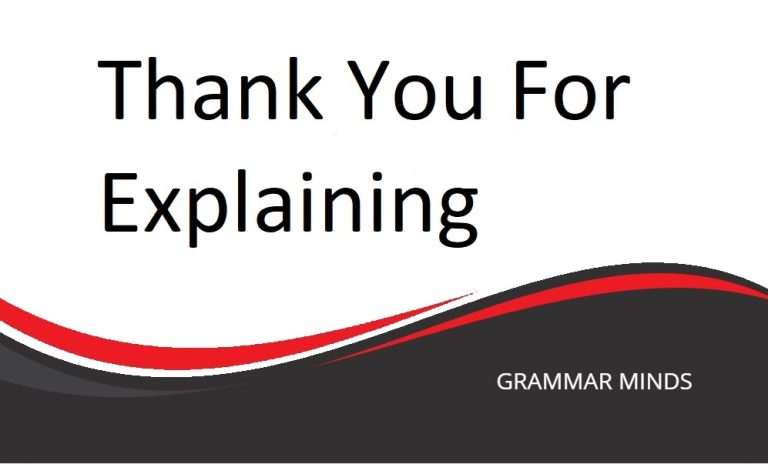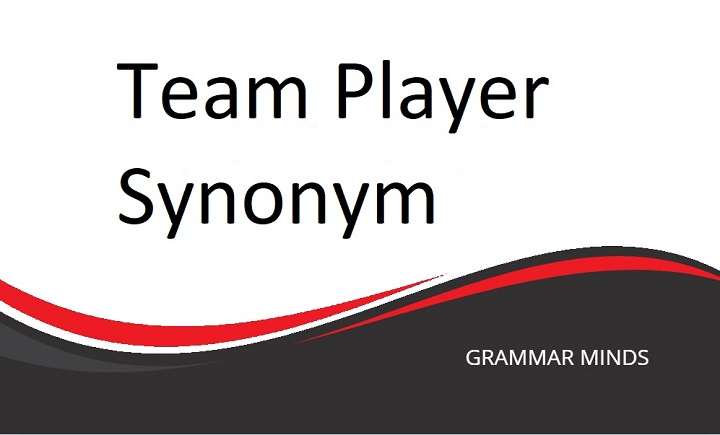In daily conversations, both personal and professional, we often rely on familiar phrases to express our thoughts and feelings. One such phrase is “Glad to hear”—a common expression of relief, happiness, or support when responding to positive news. While this phrase is effective and polite, it can sometimes feel repetitive, especially in formal emails, casual chats, or meetings.
Do you find yourself using the phrase “Glad to hear” repeatedly?
Have you grown tired of this repetitive expression when communicating in your professional or personal life?
Don’t worry! We’ve compiled a handy list of alternative phrases that you can use to mix things up and sound more varied in your conversations. This guide will not only present new ways to express the same sentiment but will also provide tips on how to use each phrase appropriately in different contexts.
Other Ways to Say “Glad to Hear”
Here’s a list of alternative phrases that you can use instead of “Glad to hear,” along with their ideal usage scenarios:
“That’s wonderful news!”
This phrase adds a personal touch and conveys genuine enthusiasm. It’s an excellent choice for informal situations or when you want to show that you’re truly happy about someone’s news.
“I’m pleased to hear that.”
This alternative works perfectly in formal settings, such as business emails or professional conversations, adding a level of sophistication and professionalism.
“That’s great to know.”
Slightly less formal, this phrase can be used in both professional and casual situations, making it quite versatile.
“I’m happy to hear that.”
This is a straightforward and direct alternative, ideal for both formal and informal conversations. It’s simple yet effective.
“I’m delighted to hear that.”
If you want to express even stronger emotions, “delighted” is a wonderful word to use. It’s especially fitting for professional situations where you want to emphasize how positive the news is.
“That’s fantastic!”
This phrase is energetic and expressive, best suited for informal settings or situations where you want to convey excitement.
“Good to know!”
A more neutral, laid-back expression, “Good to know” can be used in informal conversations, especially when you’re acknowledging information that’s useful or interesting.
“I’m so glad to hear that!”
This slightly extended version of “Glad to hear” adds a bit more emotion and enthusiasm. It works well in both casual and formal contexts.
“That’s music to my ears.”
An idiomatic expression that shows you’re particularly pleased by the news. It’s informal but fun to use in friendly conversations.
“That’s a relief!”
This phrase is ideal for situations where the news brings a sense of comfort or reassurance, especially in casual conversations.
Key Notes
“Glad to hear” is grammatically correct and suitable for both formal and informal situations. However, it can sometimes feel a bit basic, especially if you want to express more emotion or add variety to your responses.
- “That’s wonderful news!” is great for informal situations, particularly when you want to convey sincere enthusiasm.
- “I’m pleased to hear that.” works well in formal situations like emails or professional meetings.
- “That’s fantastic!” is an informal alternative to “Glad to hear” and can be used in casual conversations.
Keep reading to discover how to use these phrases in both formal and informal situations, and see real-life examples of how they can be applied effectively.
“That’s Wonderful News!”
Usage:
If you’re looking for an enthusiastic way to replace “Glad to hear,” try using “That’s wonderful news!” This alternative is perfect when responding to positive news in informal or semi-formal settings. It conveys genuine happiness for the other person.
Example (in a conversation):
Hey [Friend’s Name],
Thanks for letting me know about the promotion. That’s wonderful news! We should celebrate this weekend.
“I’m Pleased to Hear That”
Usage:
A more formal alternative, “I’m pleased to hear that” is ideal for professional environments such as emails, meetings, or business communications. It’s polite, professional, and adds a sense of refinement.
Example (in an email):
Dear [Recipient’s Name],
Thank you for updating me on the project status. I’m pleased to hear that everything is on track.
Best regards,
[Your Name]
“That’s Great to Know”
Usage:
This versatile phrase can be used in both formal and informal conversations. It works well when you want to acknowledge useful or positive information in a neutral way.
Example (in a conversation):
Oh, that’s great to know! I’ll make sure to pass the information to the rest of the team.
“I’m Happy to Hear That”
Usage:
Straightforward and applicable in a wide range of settings, “I’m happy to hear that” is a reliable alternative to “Glad to hear” when you want to sound positive without being overly emotional.
Example (in a casual chat):
I heard the event was a success. I’m happy to hear that!
“I’m Delighted to Hear That”
Usage:
If you want to express even stronger emotion, go with “I’m delighted to hear that.” It’s especially useful in formal emails or communications when you want to emphasize how positive the news is.
Example (in an email):
Dear [Colleague’s Name],
I’m delighted to hear that the negotiations went smoothly. I look forward to the next steps in the process.
Kind regards,
[Your Name]
“That’s Fantastic!”
Usage:
Energetic and informal, “That’s fantastic!” is a great phrase to use when you want to show excitement or enthusiasm in casual conversations.
Example (in a conversation):
You got the job? That’s fantastic! When do you start?
“Good to Know!”
Usage:
A more neutral and laid-back phrase, “Good to know!” can be used in informal situations when you want to acknowledge information that is interesting or useful.
Example (in a conversation):
Oh, you’ve confirmed the meeting time? Good to know!
“I’m So Glad to Hear That”
Usage:
This extended version of “Glad to hear” adds a bit more emotion and warmth. It’s suitable for both formal and informal situations and works well when you want to express a little more enthusiasm.
Example (in a conversation):
I heard you’re recovering well from surgery. I’m so glad to hear that!
“That’s Music to My Ears”
Usage:
A playful, idiomatic expression, “That’s music to my ears” shows that you’re particularly pleased with the news. It’s a fun alternative for informal conversations.
Example (in a conversation):
You finished the report ahead of schedule? That’s music to my ears!
“That’s a Relief”
Usage:
This phrase is perfect when the news brings comfort or reassurance. It’s typically used in casual conversations where the good news alleviates a concern.
Example (in a conversation):
The weather cleared up for our trip? That’s a relief! I was worried it would rain.
Is It Correct to Say “Glad to Hear”?
Yes! “Glad to hear” is grammatically correct and suitable for both formal and informal settings. It’s a versatile phrase that can be used in professional emails, conversations with colleagues, or casual chats with friends.
That being said, using synonyms like the ones we’ve listed above will help you mix up your language and sound more varied in your communication. You can also try slight variations of this phrase, like the following:
- “So glad to hear that.”
- “I’m really glad to hear that.”
- “Glad to know.”
Also Read
Synonyms for “Let Me Know”: A Comprehensive Guide to Diversifying Your Communication
In conclusion, “Glad to hear” is a perfectly acceptable and grammatically correct phrase, whether you’re using it in a formal or informal setting. However, the alternative phrases provided in this article will help you diversify your vocabulary and communicate more effectively in different contexts. Whether you’re writing a professional email or chatting with friends, using these alternatives will help you avoid repetition and keep your conversations fresh.

